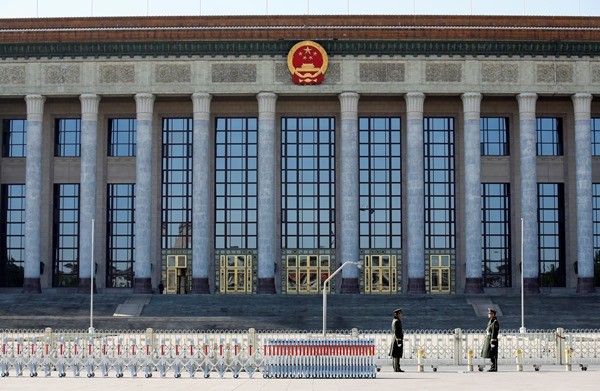The draft guideline for the Silk Road Economic Belt and the 21st Century Maritime Silk Road--or the "One Belt, One Road" initiatives--has been circulated across various government departments, reported cnstock.com on Tuesday.
The full text of the approved guideline published by the Chinese central government is expected to be announced soon, according to several media reports.
The "One Belt, One Road" initiatives were established by President Xi Jinping in 2013. The said initiatives include China's aims to support their partner countries in terms of infrastructure construction and cultural development.
Xi mentioned during a meeting in November last year that China should "prepare timetables and road maps for the coming years for the 'one belt and one road' initiatives", as reported by the Xinhua News Agency on Nov. 6, 2014.
The initiatives were anticipated to encourage growth and economic cooperation in Asia and would involve many sectors in trade, investment and currency exchange.
Northwest China's Xinjiang Uyghur Autonomous Region has been tagged as the core area in the operations of the Silk Road Economic Belt. Preferential policies are also expected to be distributed in the region in the near future, the report said.
In addition, Lianyungang in East China's Jiangsu Province would be the route to the starting point of communications in Europe under the initiatives.
Aside from Lianyungang, other communication routes such as one from Shenzhen in South China's Guangdong Province to India via Southwest China's Yunnan Province, are expected to be developed, said Xu Hongcai, the director of the Department of Information under the China Center for International Economic Exchanges, a Beijing-based think tank.
There is a considerably large possibility that the cooperation with the other countries involved in the projects under the initiatives . . . would be promoted through free trade agreements and bilateral currency swap mechanism, Xu stated.
The construction of infrastructure might be a significant part of the plan as it is expected to require trillions of dollars' worth of investments in the next years to come, Xu added.
China has also prepared tens of billions of dollars from the country's foreign exchange reserves to launch the Silk Road Fund in Nov. 2014 as high hopes are placed that it would bring in larger-scale bank financing and private capital from both China and foreign nations.



























